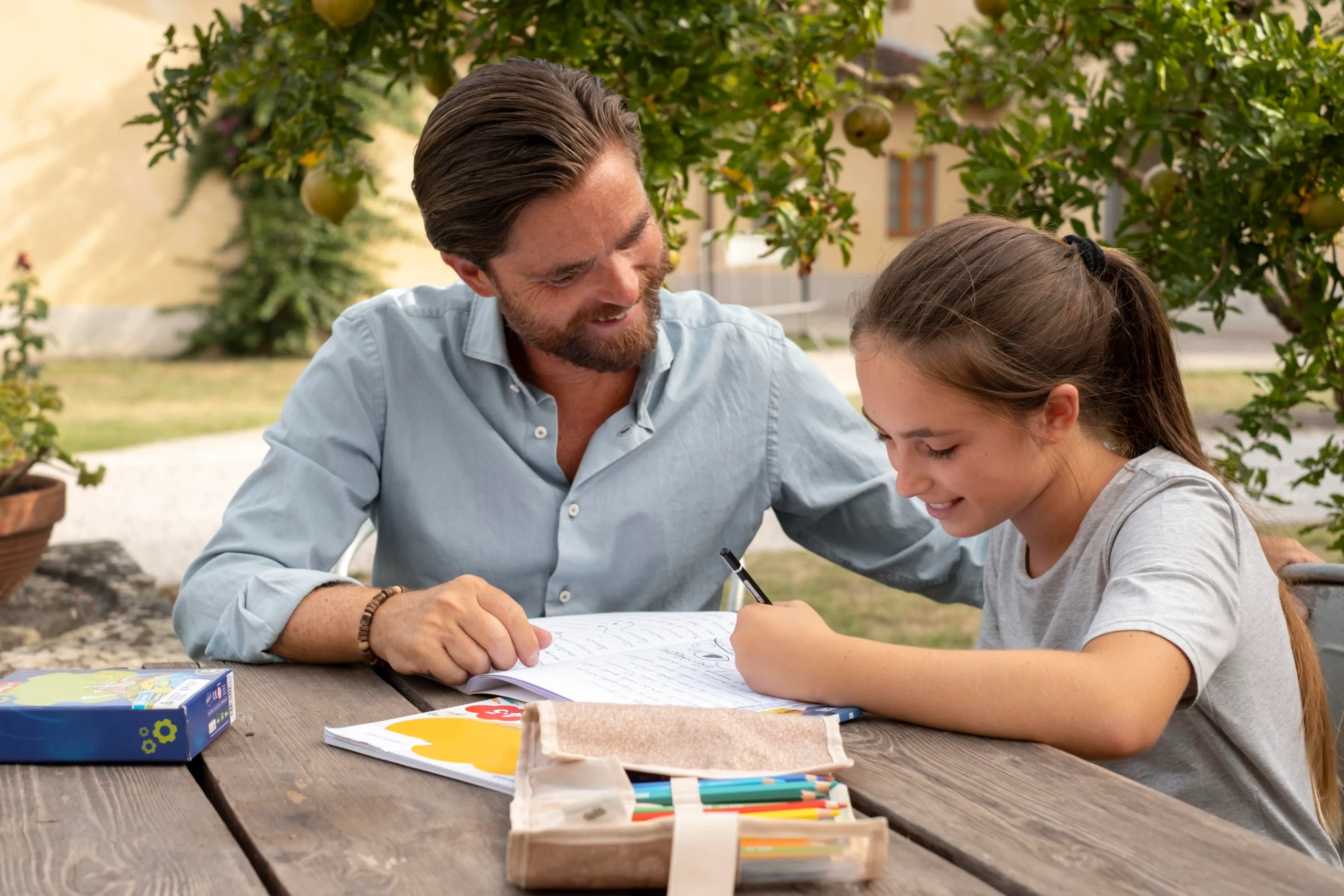The first time I sat down with my son’s IEP in front of me—as a parent, not an educator—I felt overwhelmed.
I had seen IEPs before. I had helped write them.
But reading one with my child’s name on it was something else entirely.
There were pages of information—goals, services, performance levels, acronyms, legal language—and all I could think was:
Where do I even begin?
If you’ve ever felt that way, you’re not alone.
So let’s walk through it—together.
Key Parts of an IEP (And What They Actually Mean)
- Present Levels of Performance (PLOP)
This section is the foundation. It describes your child’s current strengths and needs in academic, social, physical, and emotional areas. It’s based on teacher observations, data, and evaluations.
Think of this as: “Here’s where your child is now.”
- Annual Goals
These are the specific, measurable things your child is expected to work toward over the next school year. Each goal should match your child’s unique needs and be written clearly enough that progress can be tracked.
Think: “This is what we want your child to achieve—and how we’ll know if it’s happening.”
- Special Education and Related Services
This outlines the what, when, and how often your child will receive support—like speech, OT, PT, or specialized instruction. It also notes where the services will happen (in class, in a separate room, etc.).
It answers: “What support will help my child reach their goals?”
- Accommodations and Modifications
These are the tools and changes made to help your child succeed in their learning environment. Accommodations help them access the curriculum (like extra time on tests). Modifications change what they’re expected to learn (like a shorter assignment).
Think of this as: “How we make school work better for your child.”
- Progress Monitoring
This explains how often and in what way the school will check in on your child’s progress toward their goals—and how they’ll share that information with you.
This is your “how’s it going?” section.
- Medical or Behavioral Plans
If your child has specific medical needs (like allergies or FPIES) or a behavioral intervention plan, that information may be included here to ensure safety and consistency.
What to Remember
- You don’t have to read the entire IEP in one sitting.
- You can always ask questions—even after you’ve signed it.
- You have a right to fully understand every section.
This document isn’t just paperwork—it’s a roadmap.
And you are a vital part of the team shaping it.
IEP Quick Reference Sheet for Parents
Present Levels of Performance (PLOP)
Describes where your child is right now in areas like academics, social-emotional development,
communication, and physical skills.
Annual Goals
Outlines specific, measurable goals your child is expected to work toward during the school year.
Special Education and Related Services
Lists the services your child will receive (like speech, OT, or support from a special ed teacher), including
how often and where.
Accommodations and Modifications
Details how the school will adjust the environment, assignments, or expectations to help your child succeed.
Progress Monitoring
Explains how the school will track progress toward goals and how often you’ll get updates.
Medical/Behavioral Plans
Includes safety plans or behavior supports related to medical or emotional needs, if necessary.








